German Text from Kletterblock / translated into English by Quirina Roode-Gutzmer
Kneepads are becoming more frequently used, particularly for longer routes. Even Alex, known to be a kneepad grouch, used kneepads in ‚Pure Dreaming‘ and graded the route accordingly. Alex climbed his top route ‚Bibliography‚ without kneepads. Kneepads would probably not have contributed much advantage in the latter route though.
Adam Ondra, for example, who virtually never climbs without kneepads, keeps downgrading climbing and bouldering routes. Adam, as well as many other climbers, are likely to continue downgrading routes in this manner. In Adam’s top route ‚Silence‘ (9c)—the first 9c route in the world—he used kneepads as fixed points between the boulder-intensive crux regions to rest. Without kneepads this route would most certainly be harder. Jamming via kneepads is a technique that Adam has perfected.
Other high-performance climbers, e.g. Laura Rogora in ‚Ali Hulk Extension total (sit)‘ (9b) or Stefano Ghisolfi in ‚Change Part 1‘ (9a+/9b), have also ‚resorted‘ to this climbing technique. Laura Rogora in ‚Alí Hulk extension total (sit)‚ (9b) Stefano Ghisolfi in ‚The Change‚ part 1 (9a+/b) Of course kneepads are legitimate aids for climbing, as are climbing shoes and crack climbing glove.
This, however, has led to climbing and bouldering routes not being comparable with ones done without kneepads. The absence of kneebars in other climbing and bouldering routes plays no significant role. Perhaps climbing without resting would be more comparable, which would in turn be an advantage for stamina climbing. Hard stamina climbing routes cannot, however, be compared with bouldering or with short climbing routes.

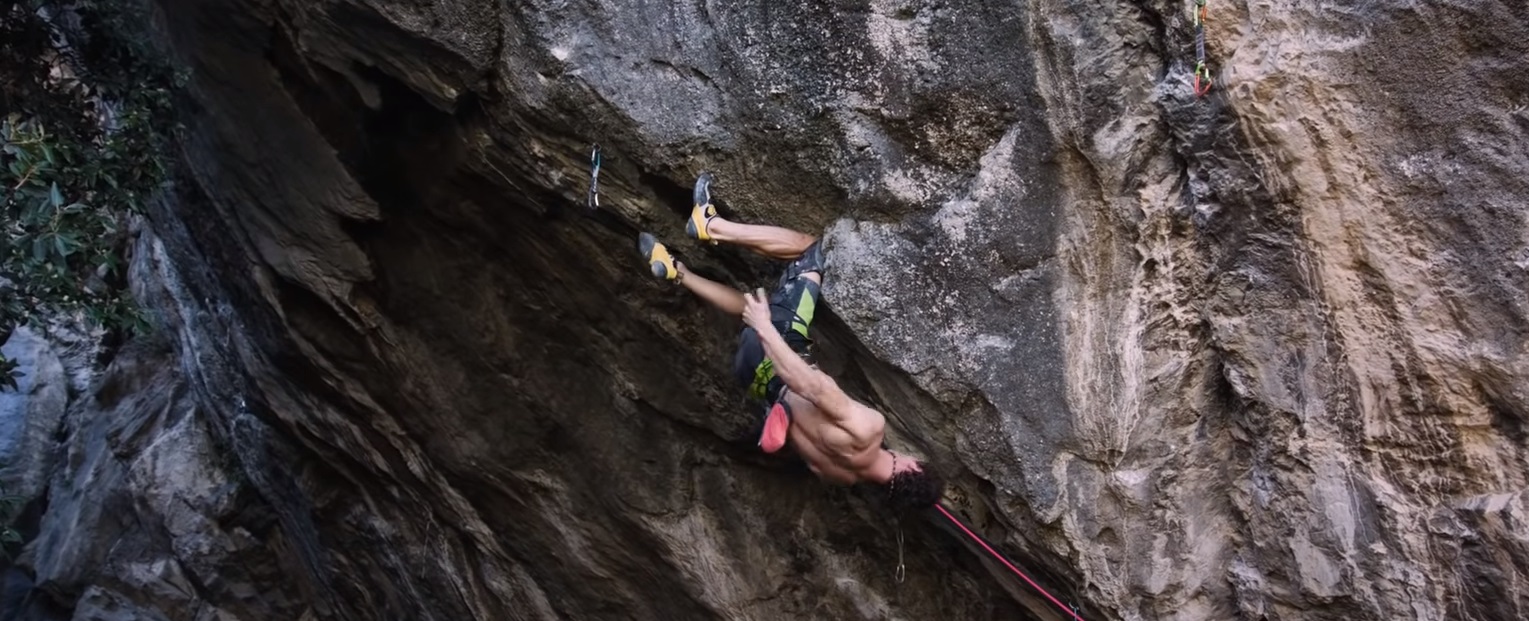
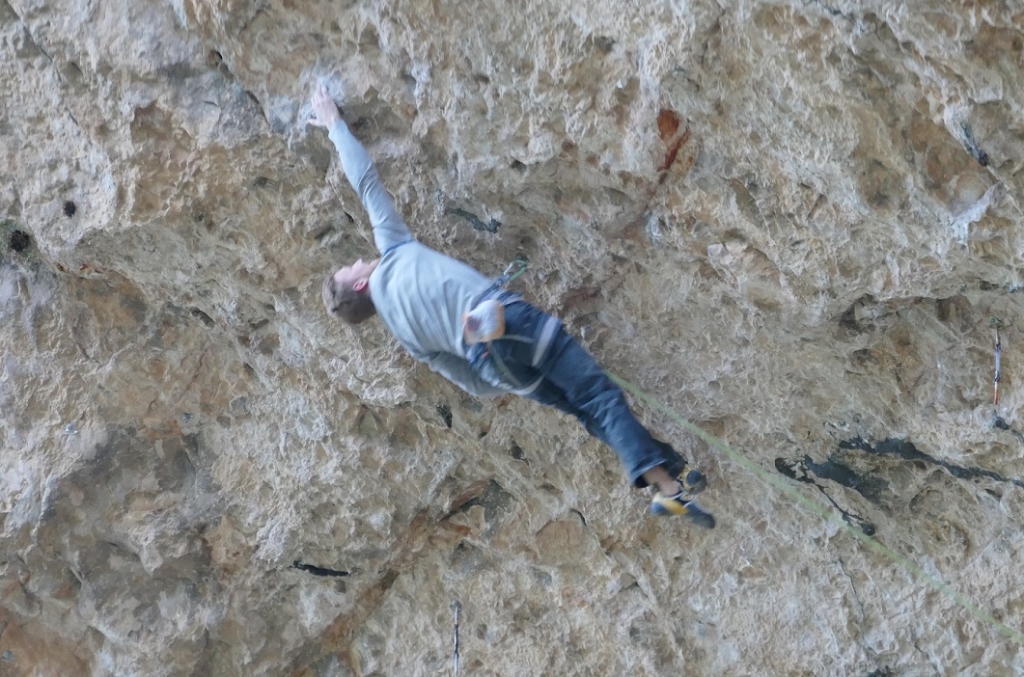
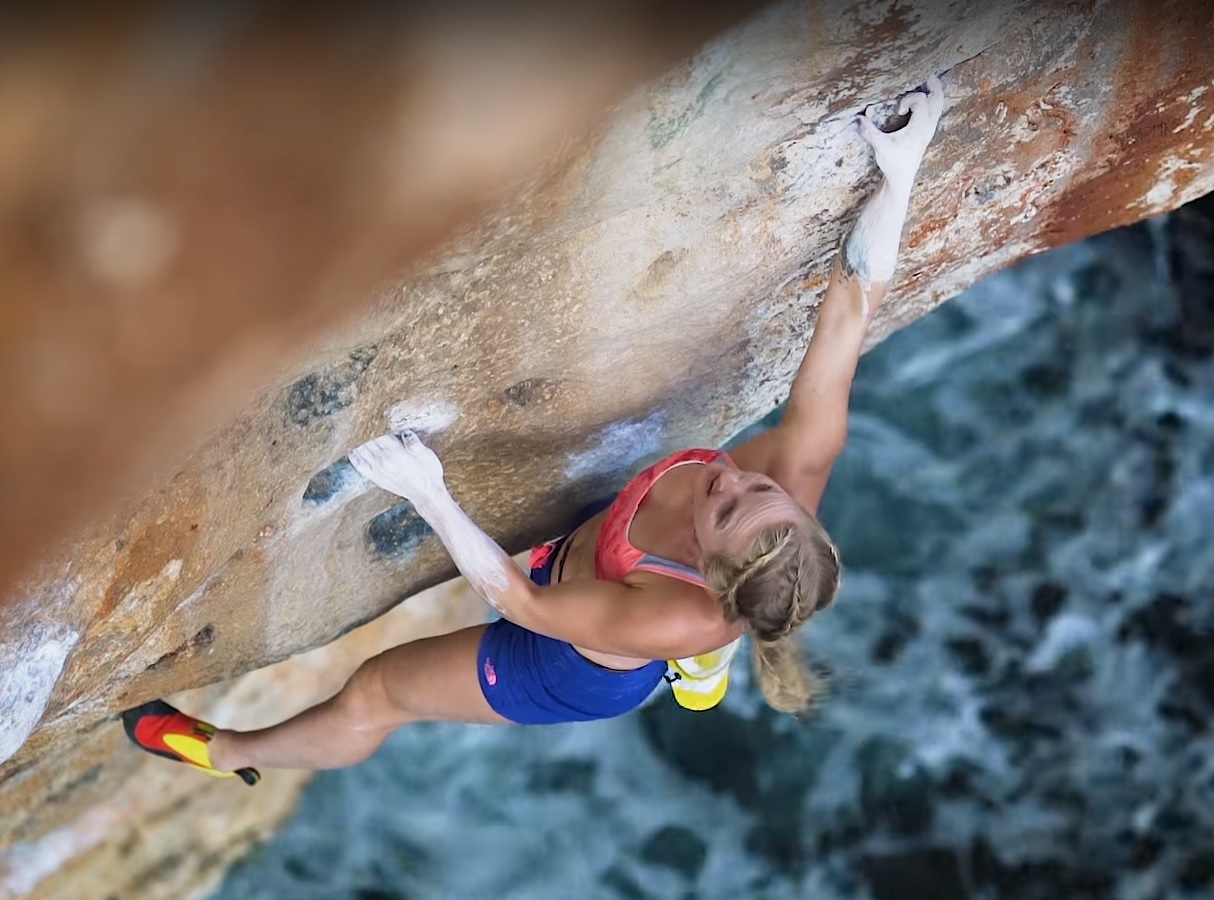
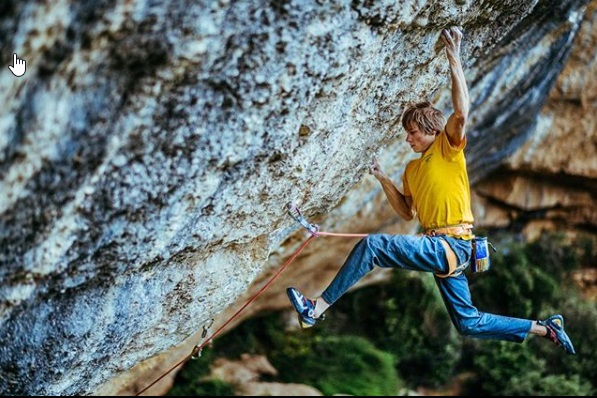
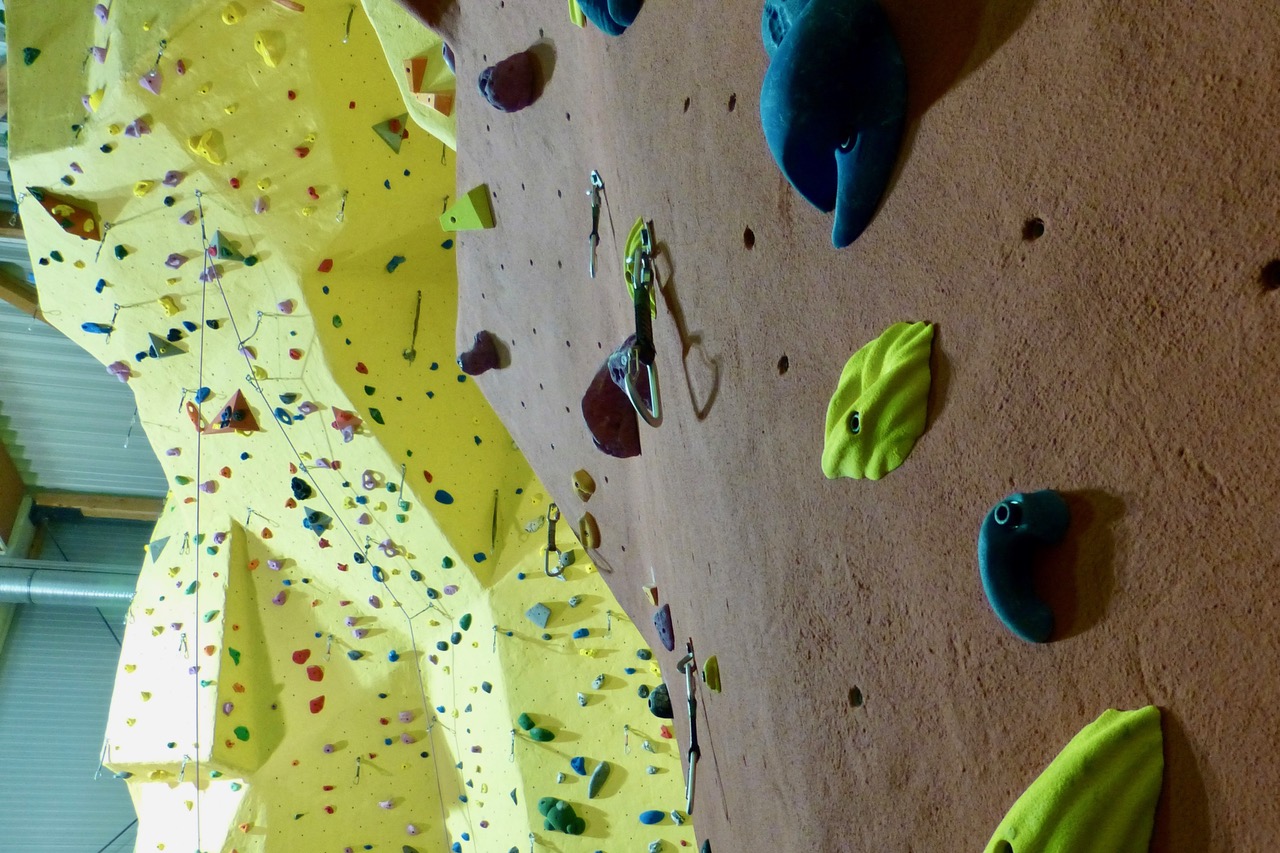

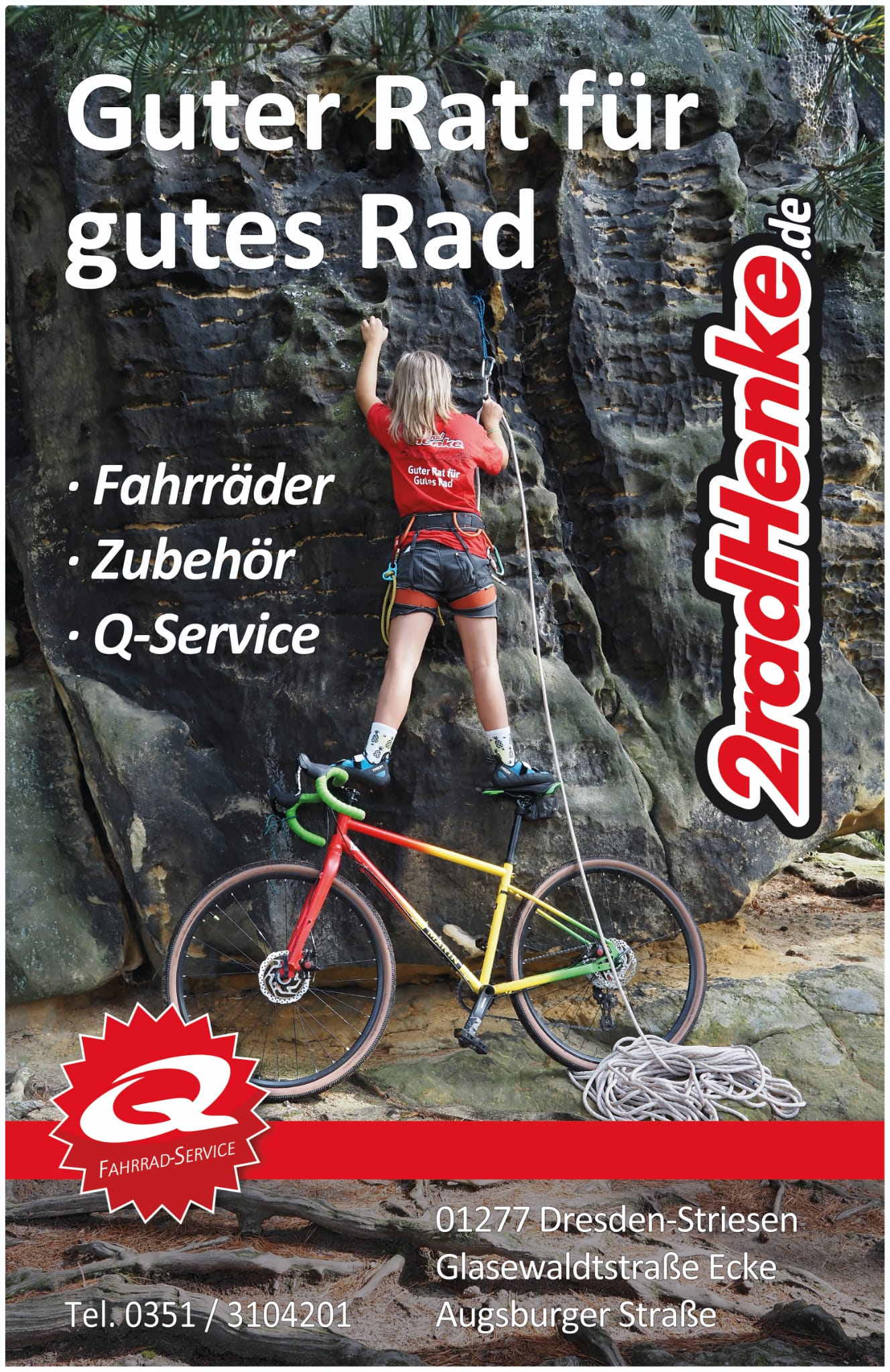
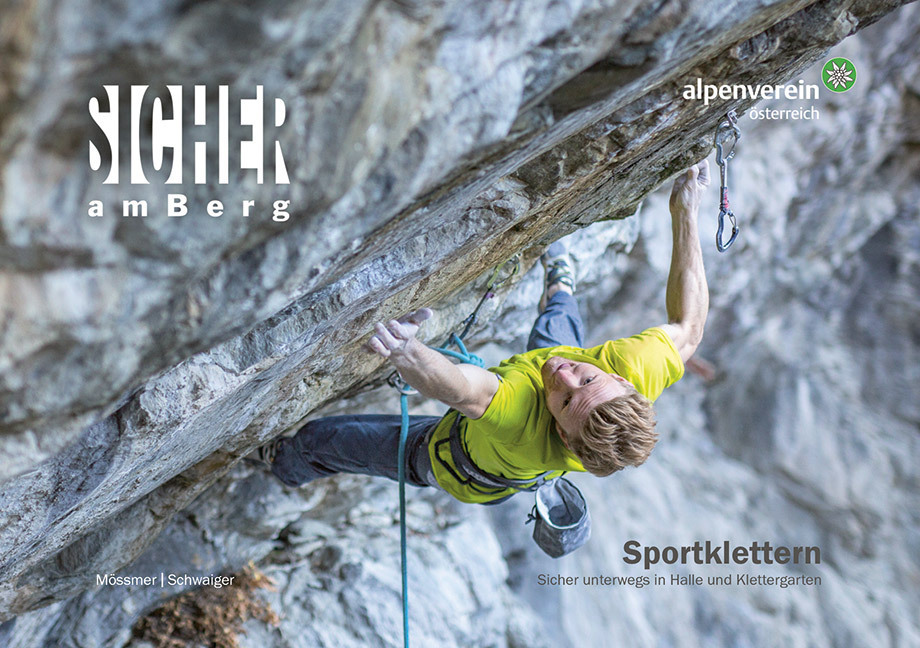
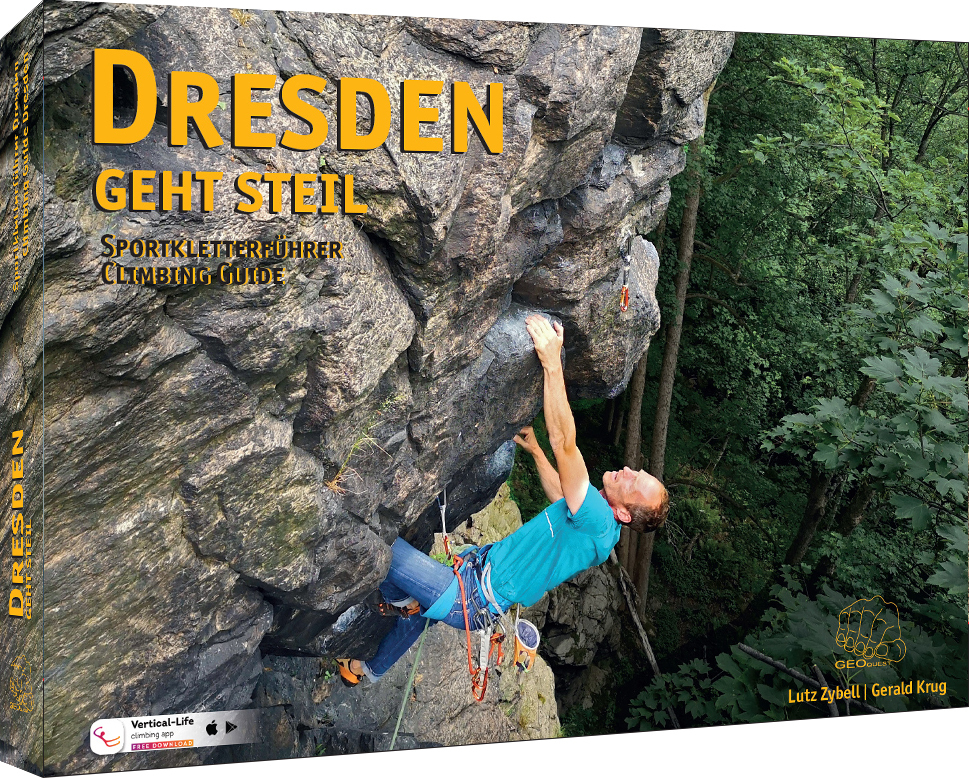
Genau, liebe Helga, weil dein Weltbild nicht zulässt, dass sich Gesellschaften und ihr Blick auf die Geschichte verändern und damit…
Allein die Frage scheint ein perfektes Beispiel eines linksgutmenschlichen Bilderstürmers zu sein. Selbstverständlich sind solche Begriffe nicht rassistisch, sondern die…
Ich reiche hiermit die fehlende Quelle des Direktzitats nach: https://kayakandclimb.blogspot.com/2023/11/free-karma-on-half-dome.html?m=1
Please contact Tobias Wolf via https://kayakandclimb.blogspot.com/ Cheers Gabi
Hi ! well done for the FFA of Charliberté !! I'm looking for a really good picture of this area…